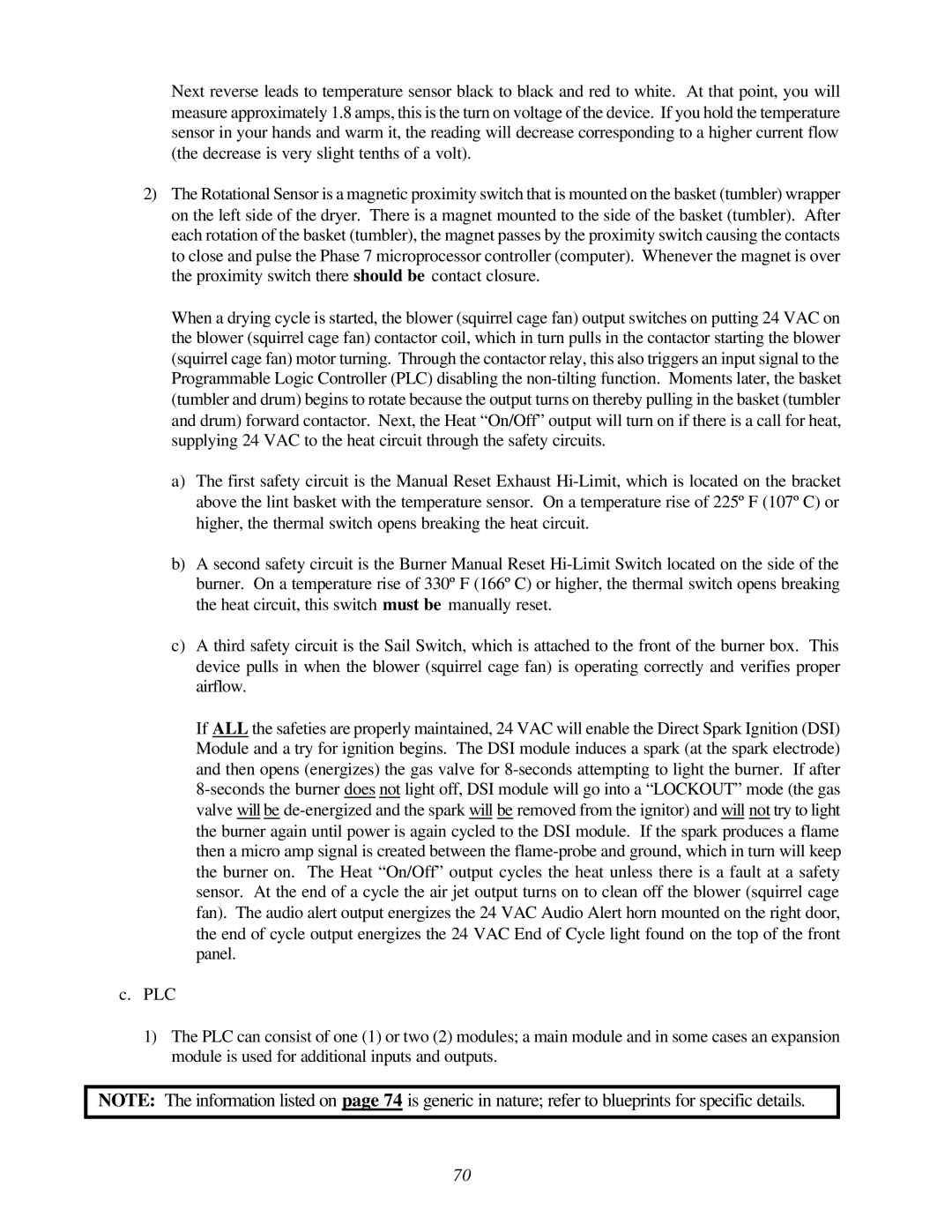AD-200 specifications
The ADC AD-200 is a high-performance analog-to-digital converter designed to meet the needs of a wide range of applications including industrial automation, instrumentation, medical devices, and consumer electronics. This converter is renowned for its combination of speed, precision, and reliability.One of the standout features of the ADC AD-200 is its exceptional resolution. Offering up to 24 bits of resolution, it provides an outstanding level of detail and accuracy in signal conversion. This high resolution makes it ideal for applications where precision is paramount, such as in audio processing and sensitive measurements in scientific research.
The AD-200 operates at a maximum sampling rate of 1 Msps (mega-samples per second), allowing it to effectively capture fast-changing signals. This speed ensures that the converter can handle dynamic input signals without missing critical data points. Additionally, the device employs a pipelined architecture, which helps to maintain high throughput while keeping latency low—an essential characteristic for real-time applications.
Another critical aspect of the AD-200 is its low input noise and distortion levels. With a total harmonic distortion (THD) of less than 0.01%, the converter maintains signal integrity even when processing high-frequency signals. This feature is crucial in audio and instrumentation applications where signal clarity and fidelity are necessary.
The ADC AD-200 is equipped with advanced digital signal processing (DSP) capabilities, allowing users to perform filtering, averaging, and other signal conditioning tasks on the incoming data stream. This built-in processing capability means users can reduce the load on external processors, streamlining system designs and improving overall efficiency.
The device supports various input voltage ranges, which makes it versatile for multiple applications. It is compatible with single-ended and differential input configurations, providing flexibility for different circuit designs and requirements.
Connectivity features include both serial and parallel interfaces, offering easy integration into various systems. The ADC also comes with a robust software development kit (SDK) that provides necessary drivers and support to facilitate quicker implementation and system optimization.
In summary, the ADC AD-200 is a versatile, high-performance analog-to-digital converter marked by its high resolution, fast sampling rate, low noise levels, integrated DSP capabilities, and flexible connectivity options. These features make it a preferred choice for engineers and developers aiming for excellence in signal processing tasks across diverse industries.
